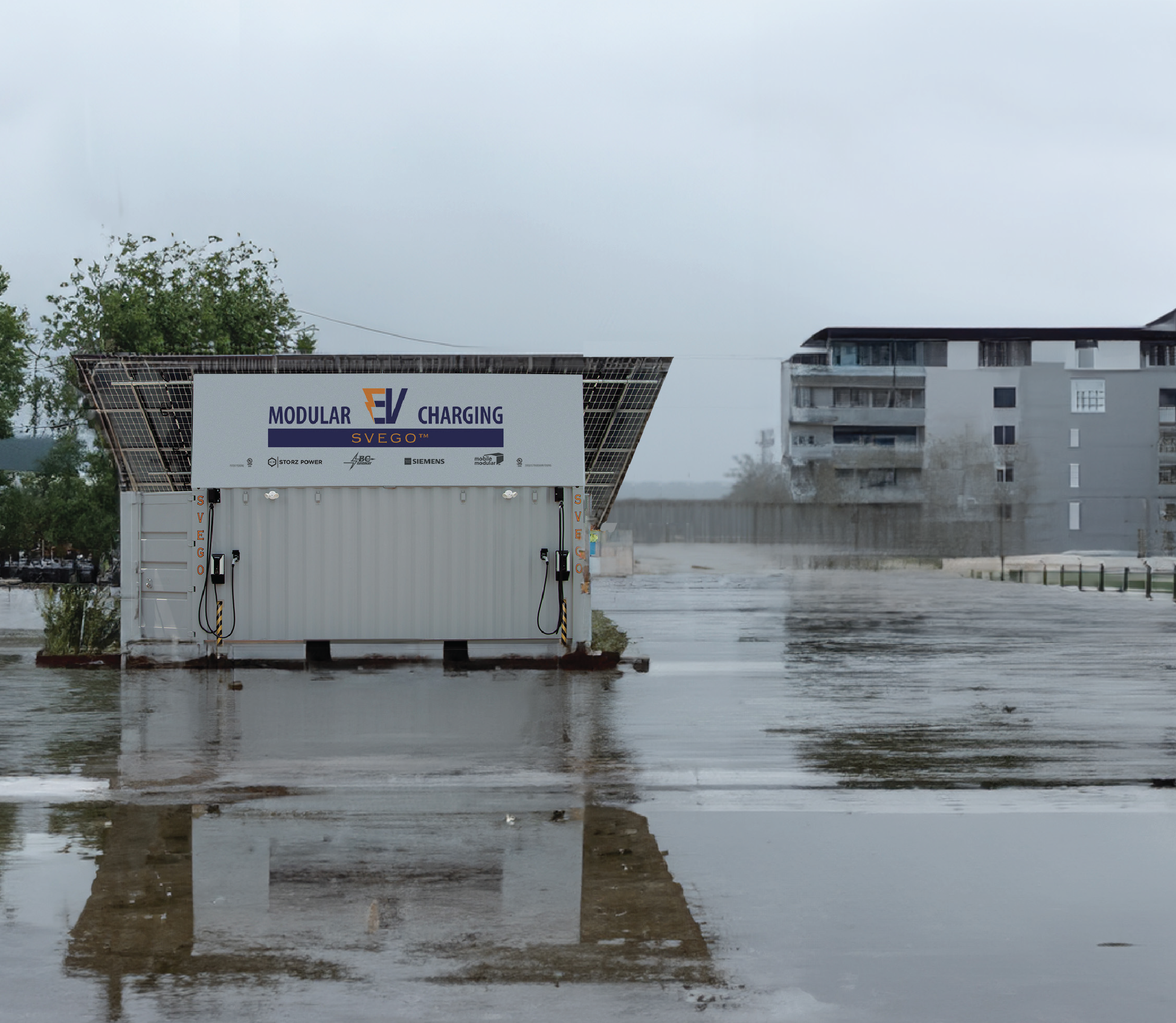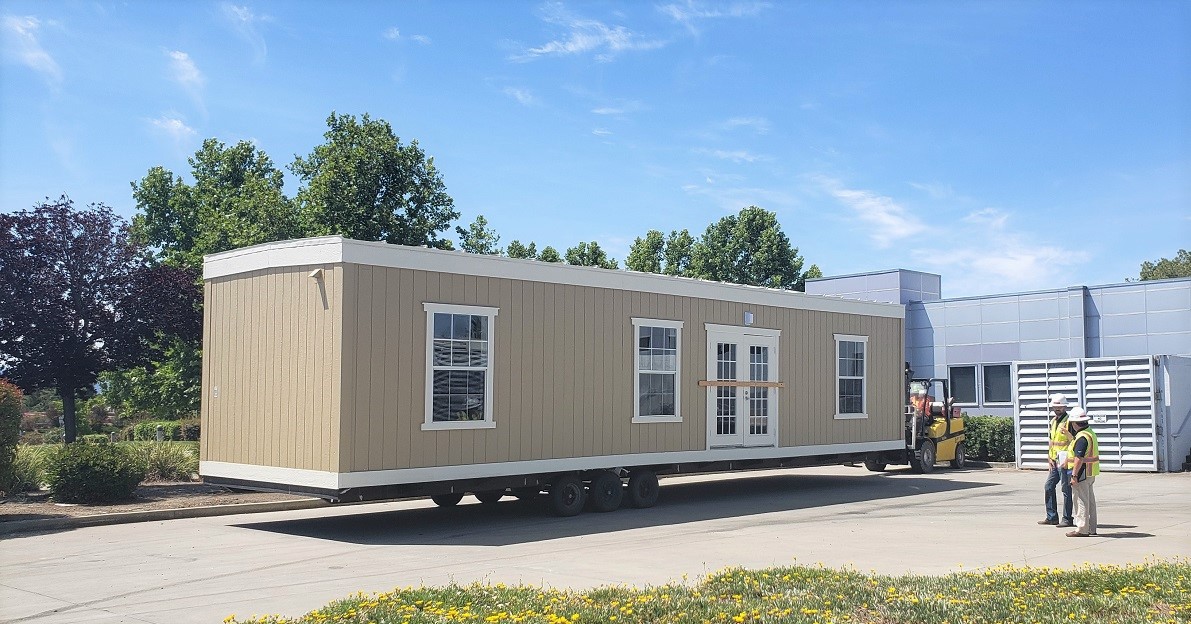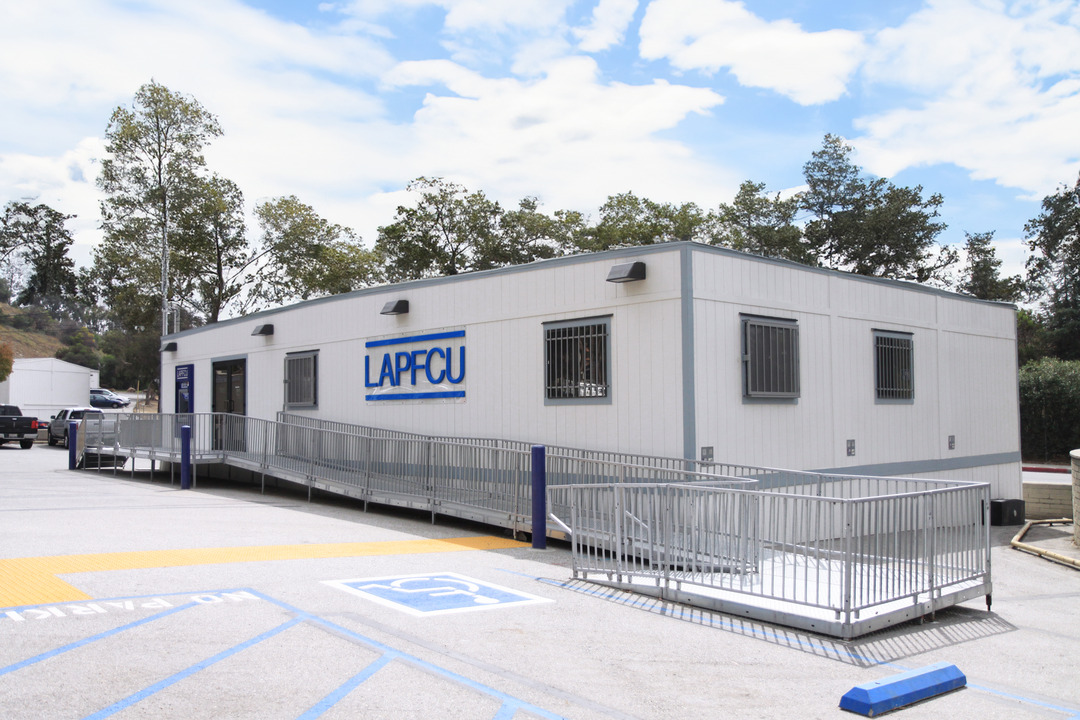How Could Modular Construction Help During A Labor shortage?
The Q2 2018 Construction Index Report warns of a labor shortage in the United States. This is the fourth consecutive quarter during which over 90 percent of the over 2,700 builders, construction managers and contractors have reported difficulties in finding skilled workers. While more than one-third of them expressed concerns about labor skills worsening in the past six months, a whopping 47percent expect that the conditions will worsen in the coming months. The question is what has led to this difficulty in finding skilled workers?
Why is there a labor shortage in construction?
Numbers from the Bureau of Labor Statistics reveal that through the first three quarters of 2018, construction jobs have been adding up in number, to over 300 thousand jobs. Recession tops the list of factors responsible for the construction worker shortage.
- The construction workforce diminished from 11.7 million in 2005 to 10.8 million in 2010 and further to 10.2 million in 2016 - primarily because the workers who couldn’t find jobs during the recession just left the industry and never returned.
- Many high schools have phased out shop and skill development classes which were responsible for producing new skilled construction workers. In the meantime, many schools have placed an emphasis on classes within STEM fields.
- There was also a cultural shift and push in the 90’s and 2000’s that have resulted in larger preferences in younger generations to pursue college degrees and opt for white collar jobs, turning many potential candidates away from the construction profession. This thought-shift has had a lasting effect among millennials and the post-millennials generations choosing physically less strenuous professions in higher percentages.
- Workers in the United States construction industry are slightly older than those in the other industries with a median age of 42.6 years. Just under two percent of workers are between the age group of 16 and 19, while less than 9.4 percent are younger than 25. According to The Wall Street Journal, the number of young construction workers who are 24 or younger has declined nearly 30 percent between the years of 2005 and 2016 among 48 states in the United States. With the younger generation not embracing the industry and the existing older workforce about to phase out in the coming few years, there are more people leaving the industry compared to joining it.
What is the impact of this labor shortage in construction?
The commercial construction industry forms a key growth factor of the booming U.S. economy. The current average backlog of 9.3 months represents the ideal backlog level of 73 percent, indicating a stable market with growth potential. Around 96 percent of the contractors feel highly confident about getting new business for the next 12 months and 52 percent of them expect to experience an increase of 12 percent in revenue in the coming year.
The ongoing increase in labor shortages in the construction industry seriously threatens to dent economic growth, industry bottom-lines and in turn, job creation.
- The construction workforce shortage has resulted in a lack of skilled and unskilled manpower
- Wages of the production and nonsupervisory construction workers who are available are increasing, with a 3.6 percent increase between May 2017 and May 2018, which is larger than the average 2.8 percent increase observed during the same window in previous years.
- With most of the experienced workers aging out, the industry needs to rely on the younger, less experienced employees – increasing the amount spent on training to get employees up to speed.
How can modular construction help with the workforce shortage?
Operational efficiency, even during times of labor shortage, is an obvious competitive advantage of modular construction. As much of the building work takes place at an off-site manufacturing facility, with on-site work consisting of the final assembly of the building. This is a time and project-saver when finding construction workers who can travel between on-site project sites is challenging.
Off-site construction turns the construction process into the manufacturing process, where unskilled workers can be trained to perform tasks in a factory setting. Additionally, the repetitive nature of the manufacturing processes and use of technology reduce the need for skilled labor.
With prefabrication, you can lower your project costs and schedules, as well as get enhanced quality with more efficient use of materials and labor.
According to statistics reported on by the U.S. Chamber of Commerce, nearly 50 percent of contractors and 72 percent of general contractors are already using modular or prefabricated components and 63 percent of contractors report moderate demand for these materials.
How can Mobile Modular be your quality partner?
Unmatched availability, response and execution make Mobile Modular a preferred provider of modular buildings since 1979. Meeting the space needs of key markets like commercial construction, education, government, healthcare, research and development incubators, petrochemical, retail and manufacturing, Mobile Modular exceeds customer expectations with:
- Ready to ship inventory
- Quick Delivery
- 30-day billing cycle
- Highly customizable modular buildings
- Site-related services including exterior add-ons such as ramps, fencing and portable toilets and interior furnishings for conference rooms, offices and cafes, utility connections and other site improvements
For more details, contact us or request a quote.





